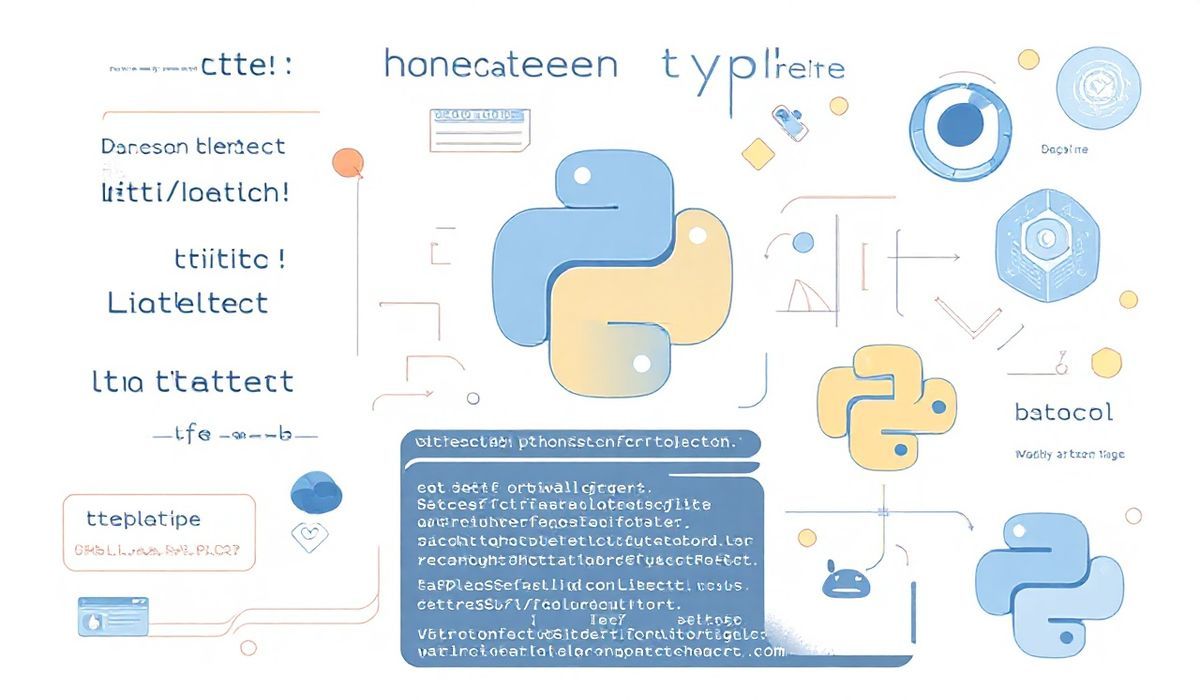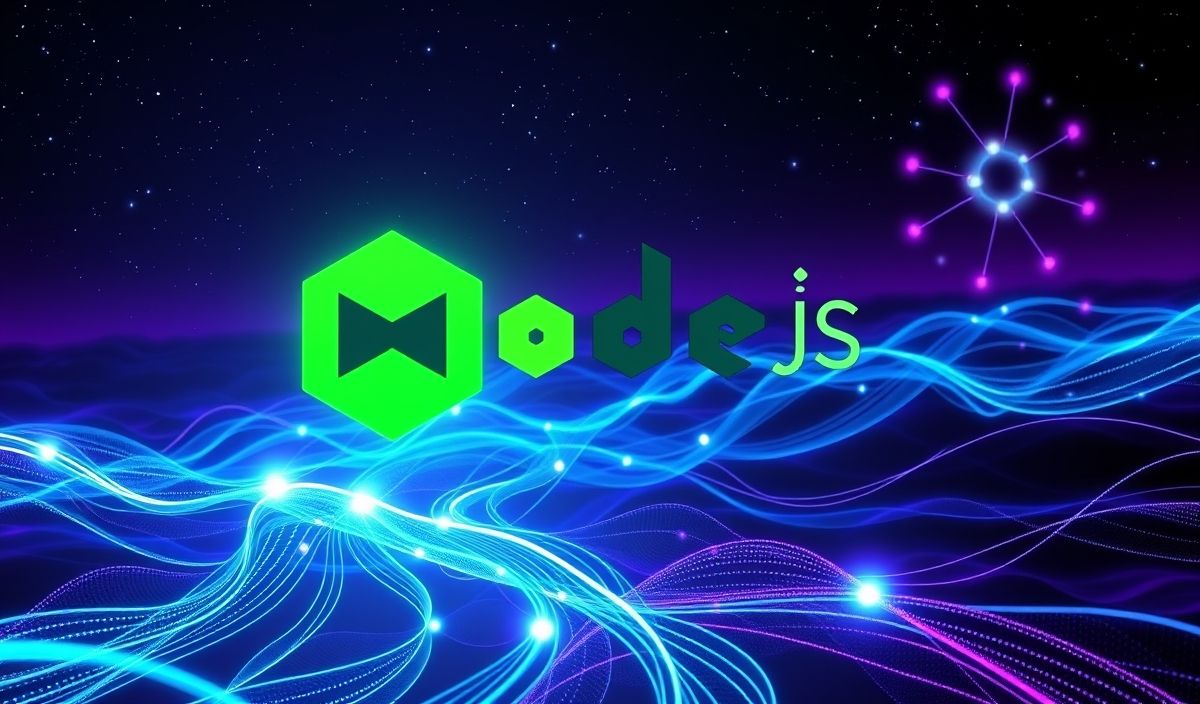Mastering the Advanced Features of Typing Extensions for Python Development
As Python continues to evolve, its typing capabilities have become a cornerstone for modern, robust, and maintainable code. However, the typing module in Python’s standard library sometimes lacks cutting-edge APIs because it’s tightly coupled with Python’s release cycle. Enter typing-extensions: a package designed to backport new typing features to older Python versions and introduce experimental typing constructs. Let’s explore typing-extensions in-depth, with numerous use cases and examples to boost your Python projects.
What is Typing Extensions?
The typing-extensions library provides forward-compatible typing primitives that developers can use without waiting for a Python release to support them natively. Whether you’re stuck on an older Python version or aim to experiment with new type constructs, typing-extensions is an indispensable tool.
Features Overview with Examples
Extended Type Hints API
1. Literal
Literal allows you to specify specific values a parameter or variable can accept.
from typing_extensions import Literal
def set_mode(mode: Literal["light", "dark"]) -> None:
print(f"Mode set to: {mode}")
# Correct usage
set_mode("light")
# Incorrect usage (raises type checker errors)
set_mode("bright")
2. TypedDict
With TypedDict, you can define dictionaries with a specific schema for keys and values.
from typing_extensions import TypedDict
class User(TypedDict):
id: int
name: str
user: User = {"id": 1, "name": "Alice"}
# Type Error if additional or mismatched keys
invalid_user: User = {"id": 1, "username": "Alice"}
3. Final
Use Final to indicate that certain variables or properties should remain constant and cannot be modified.
from typing_extensions import Final LIMIT: Final[int] = 100 # Raises type checker error LIMIT = 200
4. Protocol
Protocol helps define structural interfaces that classes can adhere to, even if they don’t inherit from the protocol.
from typing_extensions import Protocol
class Driveable(Protocol):
def drive(self) -> None:
...
class Car:
def drive(self):
print("Car is driving")
# Car adheres to the Driveable protocol
def operate(vehicle: Driveable) -> None:
vehicle.drive()
operate(Car())
5. Annotated
Annotated lets you attach metadata to type hints, useful for libraries or tools that need extra input.
from typing_extensions import Annotated
def process_age(age: Annotated[int, "Age in years"]) -> None:
print(f"Processing age: {age}")
6. Self
The Self type is used to annotate methods that return an instance of the same class.
from typing_extensions import Self
class Builder:
def set_name(self, name: str) -> Self:
self.name = name
return self
def build(self) -> Self:
return self
builder = Builder().set_name("MyBuilder").build()
Real-World Example: User Management Application
Using the introduced APIs, let’s build a simple user management application.
from typing_extensions import Literal, TypedDict, Final, Protocol
# Constants
MODES: Final = Literal["light", "dark"]
# TypedDict for User
class User(TypedDict):
id: int
name: str
role: Literal["admin", "user", "guest"]
# Protocol for Database
class Database(Protocol):
def save(self, user: User) -> None:
...
# Application Implementation
class MemoryDatabase:
def __init__(self):
self.data = []
def save(self, user: User) -> None:
self.data.append(user)
print(f"User saved: {user}")
def update_mode(mode: MODES) -> None:
print(f"Application mode updated to: {mode}")
# Instantiate the components
db = MemoryDatabase()
user: User = {"id": 1, "name": "Alice", "role": "admin"}
# Save user and update mode
db.save(user)
update_mode("dark")
With typing-extensions, your applications remain sharp, expressive, and future-proof.
Conclusion
Python’s type system has come a long way, but not without challenges in evolving it alongside the language. The typing-extensions module bridges these gaps, empowering developers to use modern features today. From Literal and TypedDict to Protocol and Annotated, your code becomes more robust and maintainable.
Start using typing-extensions to modernize your Python codebase and stay ahead of the curve.




